Special Report
25 Ways the Federal Poverty Rate Doesn't Portray Reality
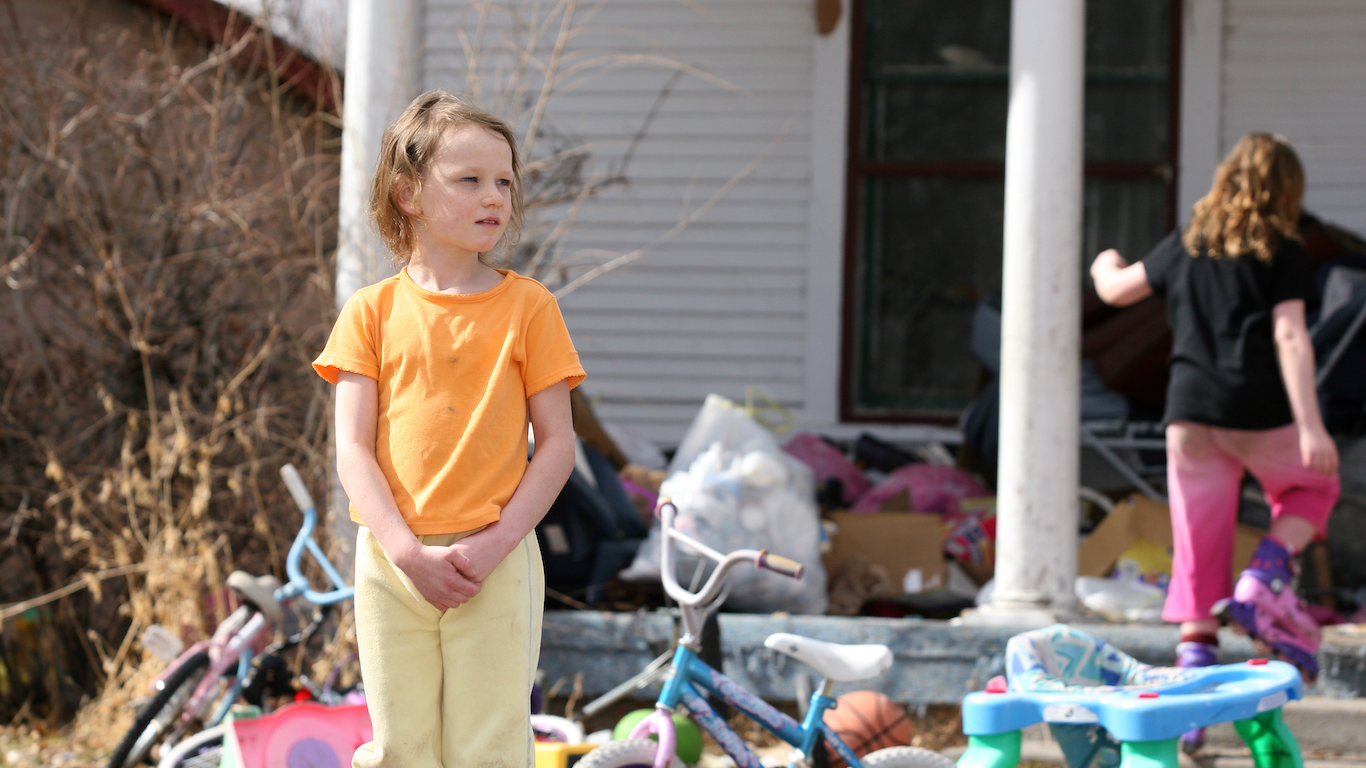
Published:

According to the most recent federal rate, for 2021, 12.8% of American residents live in poverty. However, this measure is almost 70 years old, and is considered a rough and controversial accounting of this country’s fiscal insecurity.
The official poverty rate is based on pre-tax income thresholds derived from the cost of a minimum food diet and the number of individuals who depend on that income. But the measure fails to include different kinds of basic sources of wealth and expenses, and it does not consider regional differences in costs, which can be extreme from one part of the country to another.
It also fails to count millions and millions of Americans at all, including those living in prisons, in military barracks, and more. It does not even count the poorest demographic in the country — the nation’s homeless population. These are the states with the most unsheltered homeless people.
The Census Bureau also releases another measure of poverty, the supplemental poverty measure, which includes some of the components left out by the official measure — but not everything. Based on the differences between the official poverty rate and the supplemental poverty rate, these are the 15 states where poverty is worse than you might think.
24/7 Wall St. reviewed U.S. Census Bureau documentation to list 25 groups, expenses, sources of income, and more that the official poverty rate does not measure.
Click here to see the 25 facts of life the federal poverty rate completely ignores

1. Differences in cost of living
The official federal poverty rate does not take into account where people live, which means that families living in Hawaii and Mississippi are assessed the same, despite the large difference in the cost of living in the two states — goods and services are 18% more expensive in Hawaii than national average prices and 14% less expensive in Mississippi.
[in-text-ad]

2. Financial support from family members
Because the official poverty rate only looks at pre-tax annual income, it does not take into account whether an individual has a safety net should unexpected costs occur. Individuals who can borrow or rely on gifts from their parents or family members if the need arises do not face the same economic risk as those who cannot.

3. Savings
While the federal poverty rate considers income from investments, dividends, and interest, it does not take into account other forms of wealth, such as funds available through savings. Two individuals with incomes below the poverty threshold would each count as poor, even if one has $100,000 in savings and the other has no savings.

4. Child support payments made
When it comes to child support, it seems the official measure neglects one party. While the measure factors in income received from child support payments, it does not consider the child support payments a parent makes, nor does it account for alimony payments made.
[in-text-ad-2]

5. Income and payroll taxes
The official poverty rate does not account for taxes of any kind, including income taxes and payroll taxes. While some Americans pay a substantial amount of their annual income in income taxes, others live in states that have no personal income tax and pay much less in taxes.

6. Work expenses
Some other necessary expenses that the official poverty rate does not take into account can be grouped under work expenses, including flights, hotels, public transportation costs, materials used by artists and freelancers, and more. These costs can be compensated by employers, but often they are not.
[in-text-ad]
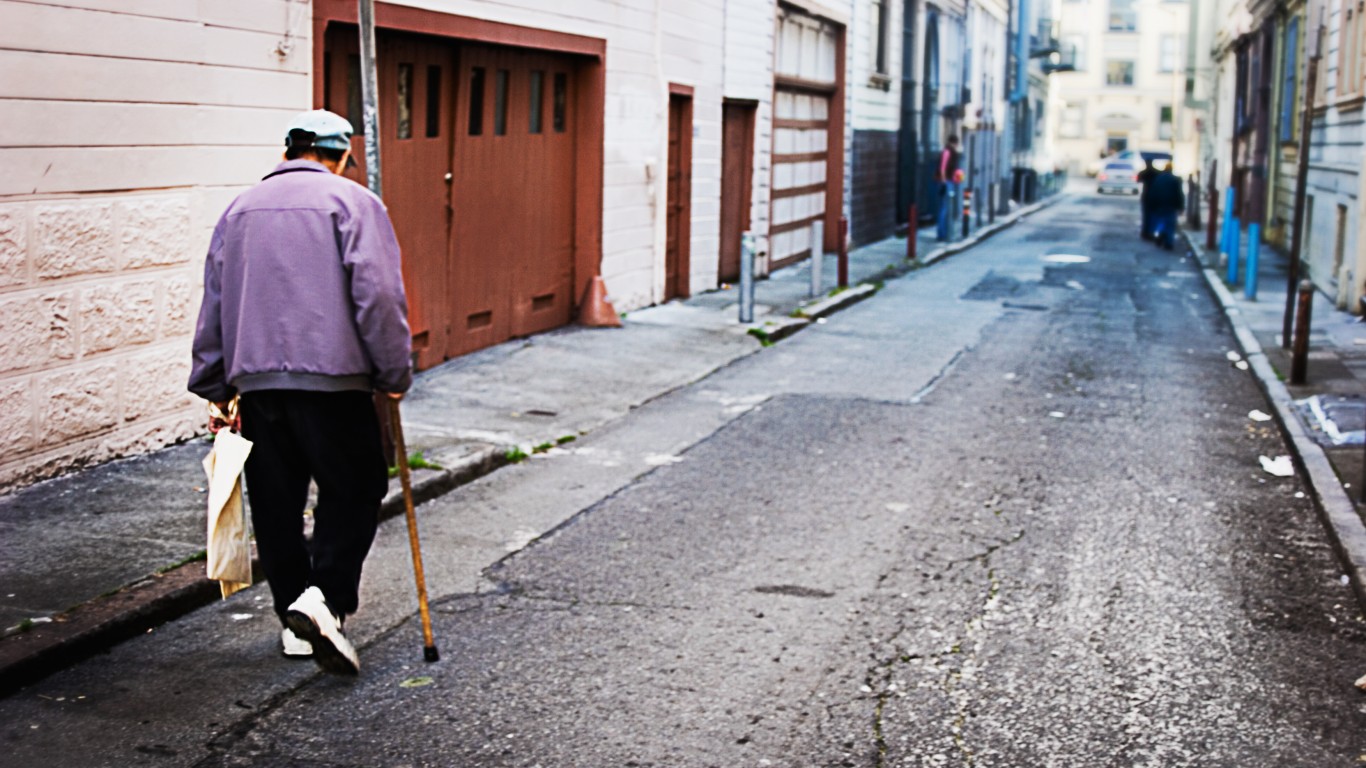
7. The degree of poverty
The poverty rate does not tell us the severity of the conditions of the people living in poverty. A family of four with an annual income of $25,000 and another family of the same size with an income of $10,000 are both considered as being in poverty, but they likely have very different experiences.

8. Differences in clothing costs
The official federal poverty rate is meant to take into account the cost of food but ignores changes to costs of other basic necessities, including clothing, home costs, and utilities.
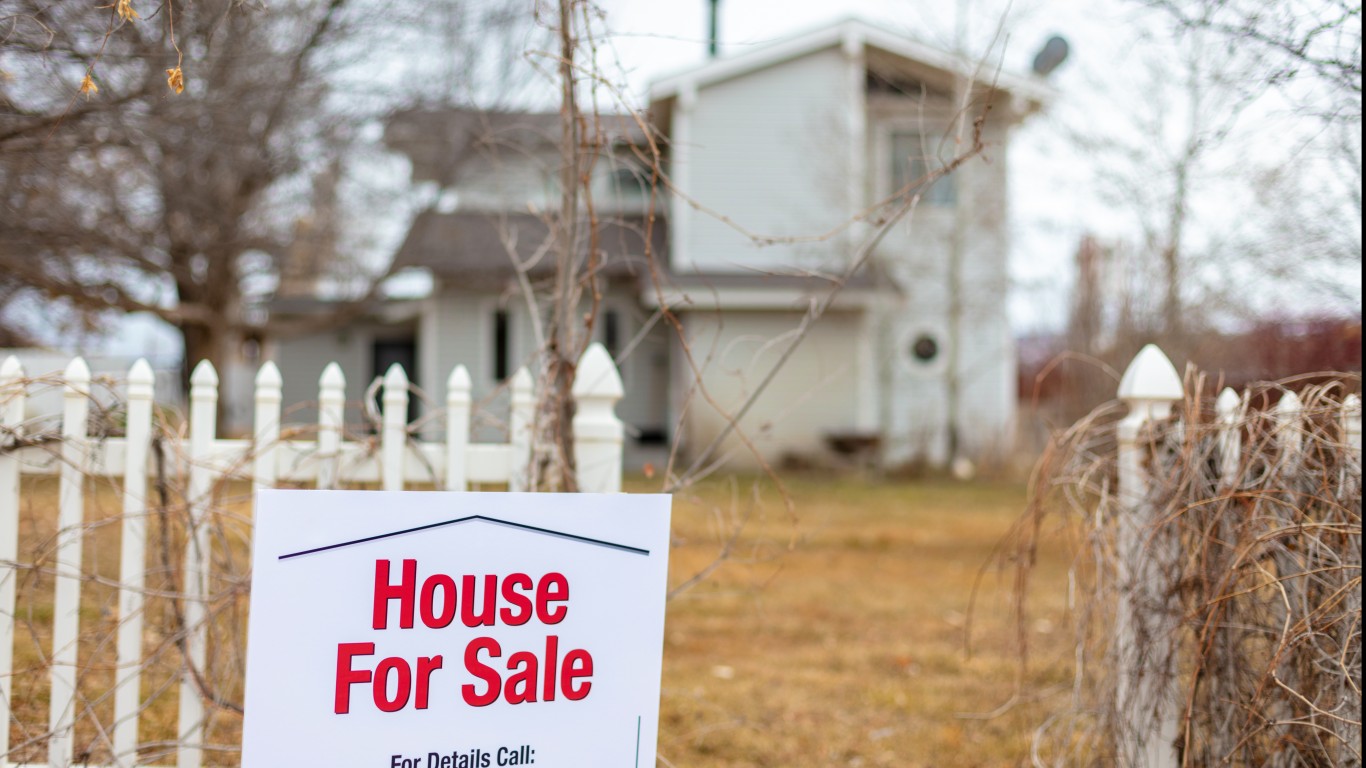
9. Differences in home costs
Monthly housing costs in San Francisco for a family of four total, on average, $2,666, or about $2,000 more than in Jefferson City, Montana. The differences in these expenses are not taken into account in the poverty rate.
[in-text-ad-2]
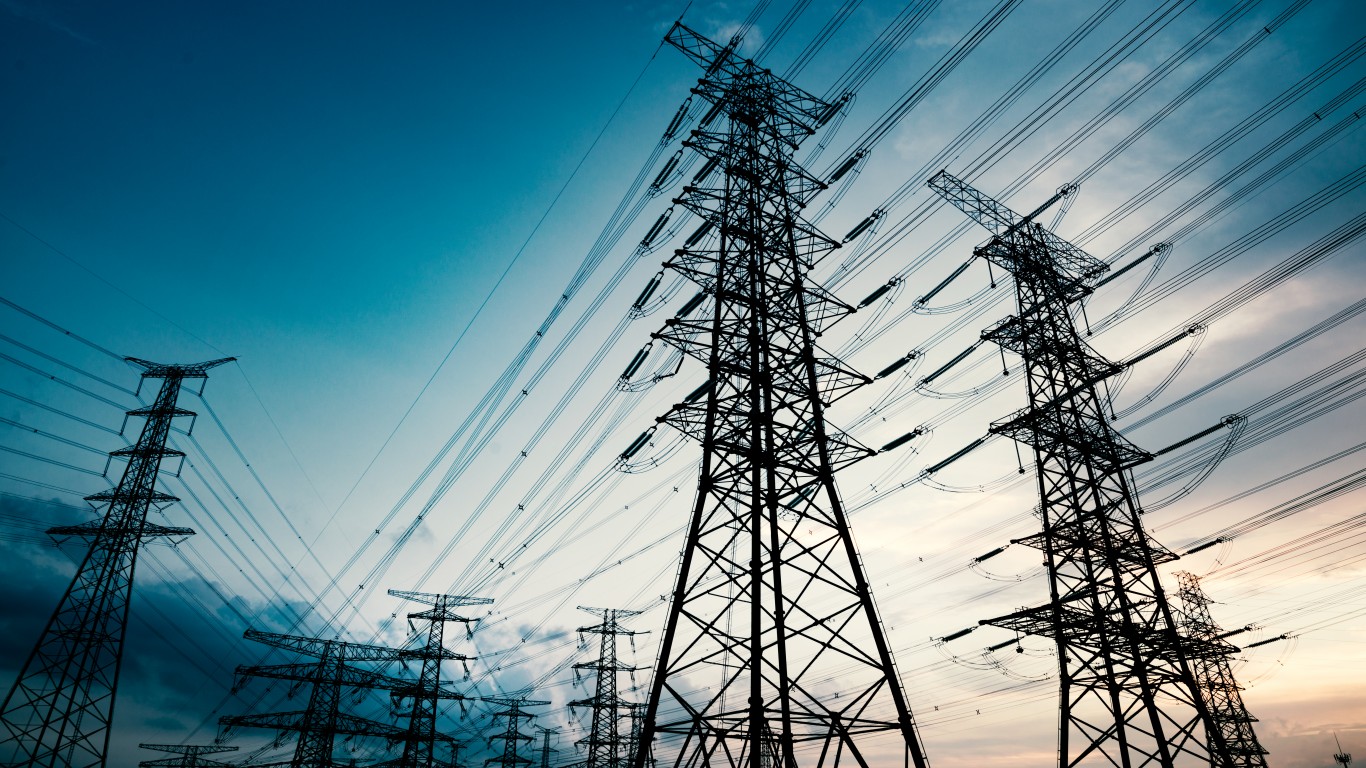
10. Differences in utility costs
According to one estimate, the total annual cost of utilities — electricity, natural gas, internet access, cable, and water — ranges from more than $700 in Hawaii to less than $350 in Idaho. These costs, too, are not factored into the official poverty rate.
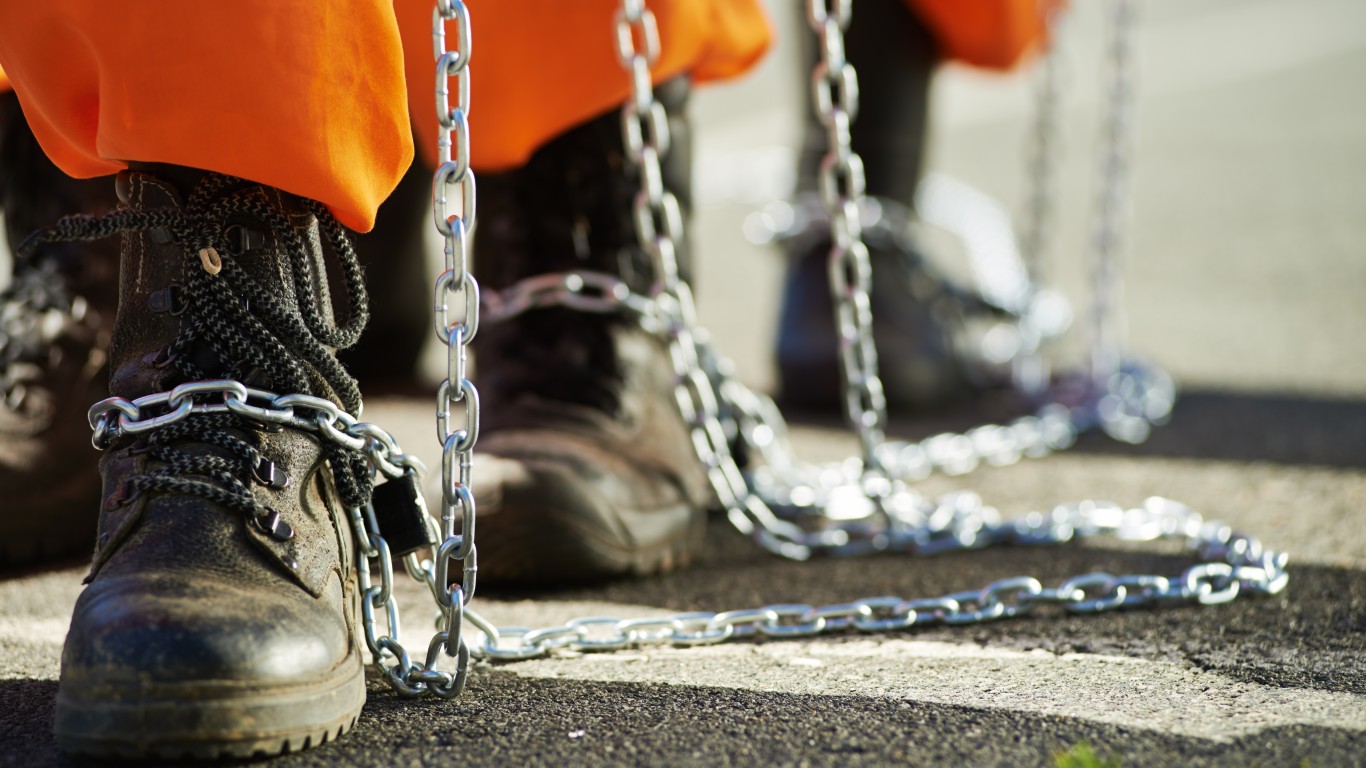
11. Incarceration
There are over 1.5 million Americans currently incarcerated in state or federal prisons, but they are not counted as part of the official poverty estimate.
[in-text-ad]

12. Military servicemen and women
There are over 1.3 million members of the U.S. military in active duty. Anyone residing in military barracks is not accounted for in the official poverty estimate.

13. College dorm residents
There are almost 20 million Americans attending colleges and universities in 2019, a large share of them living in college dorms, but those are not counted in the official poverty rate.

14. Nursing home residents
People living in group living facilities of any kind, including nursing homes, are not counted in the federal poverty measurement.
[in-text-ad-2]
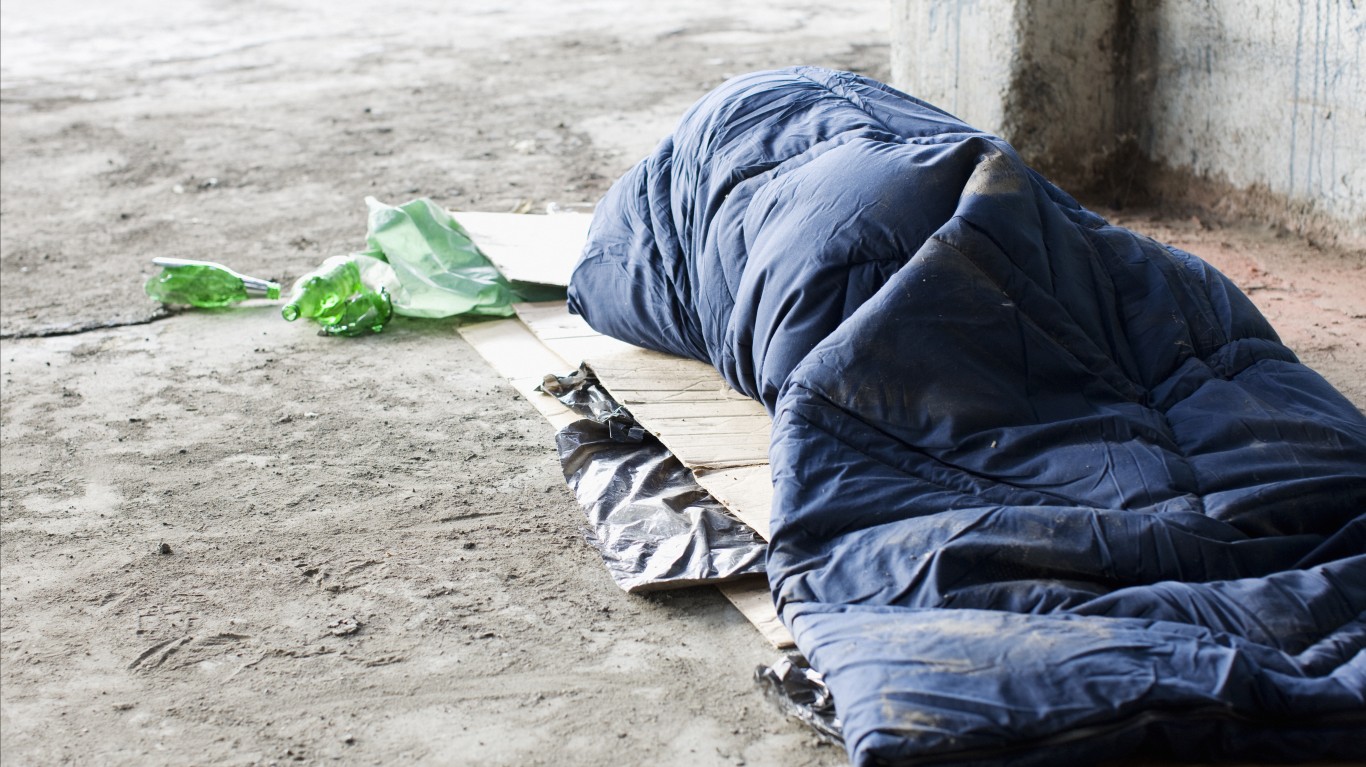
15. Homeless people
The single group facing the most economic distress, the nation’s homeless population, is not counted as part of the poverty rate. According to one estimate, over 500,000 Americans are homeless.

16. Foster children
While they represent a financial burden to a family as much as any other children, foster children are not counted in the official poverty measure.
[in-text-ad]
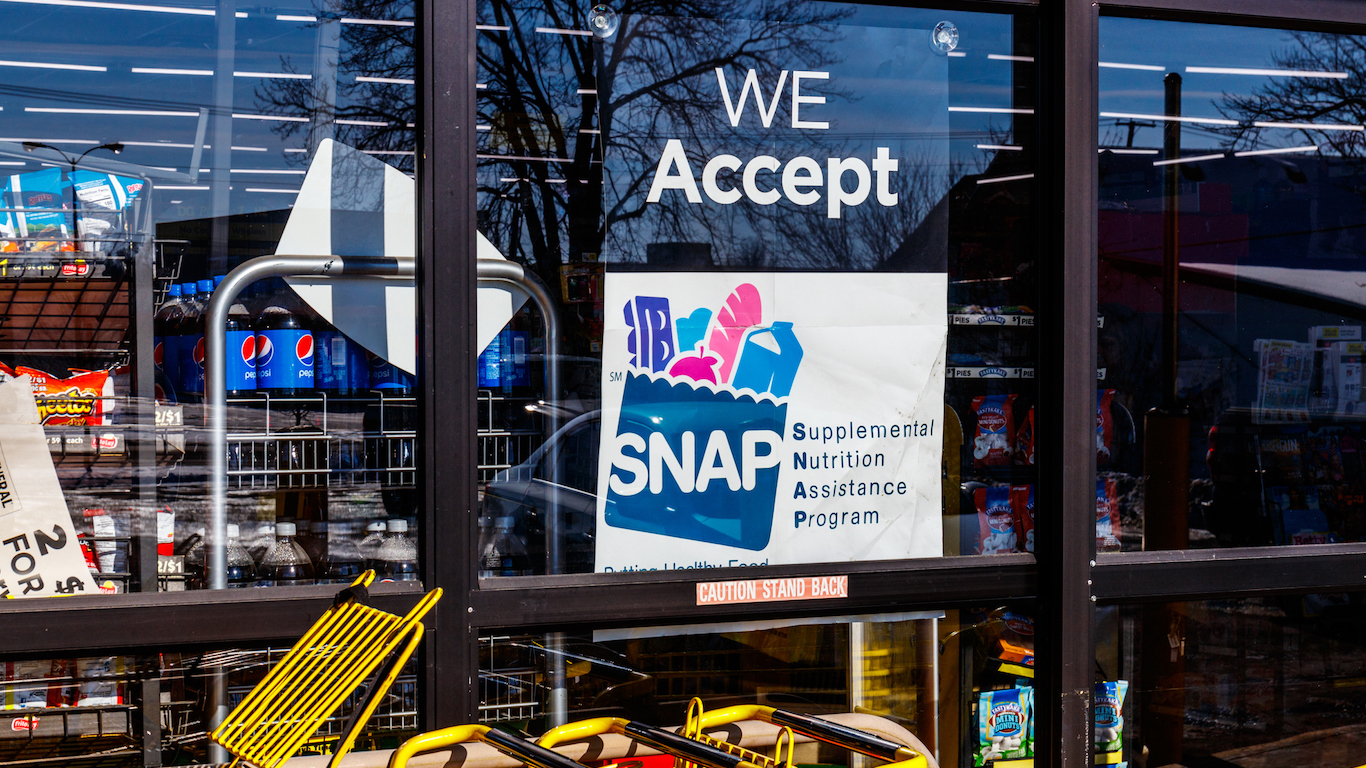
17. Noncash benefits like SNAP, WIC
While the official poverty rate factors in cash-based financial assistance, such as Social Security and unemployment compensation, it does not account for a number of other needs-based assistance programs that are not based on cash, such as SNAP benefits (formerly food stamps).

18. Car ownership
For many, owning a car is a basic requirement for living, and the cost of car payments, upkeep, insurance, and gas are not considered when determining poverty rates. The vast majority of U.S. households have at least one car.

19. Refundable tax credits
Just as tax payments are not considered in the official poverty measure, tax credits such as the Earned Income Tax Credit — received by over 20 million Americans families and individuals every year — are not considered when calculating the poverty rate.
[in-text-ad-2]

20. Out-of-pocket medical expenses
Those millions of Americans who live without health insurance know that an unexpected health emergency can be enough to plunge someone into effective poverty. But out-of-pocket medical expenses are not counted as part of the official federal poverty rate.

21. Accumulated debt
Because the official poverty rate only counts gross income, a major financial concern like debt is not considered. The total U.S. household debt was estimated at over $13 trillion as of 2018.
[in-text-ad]
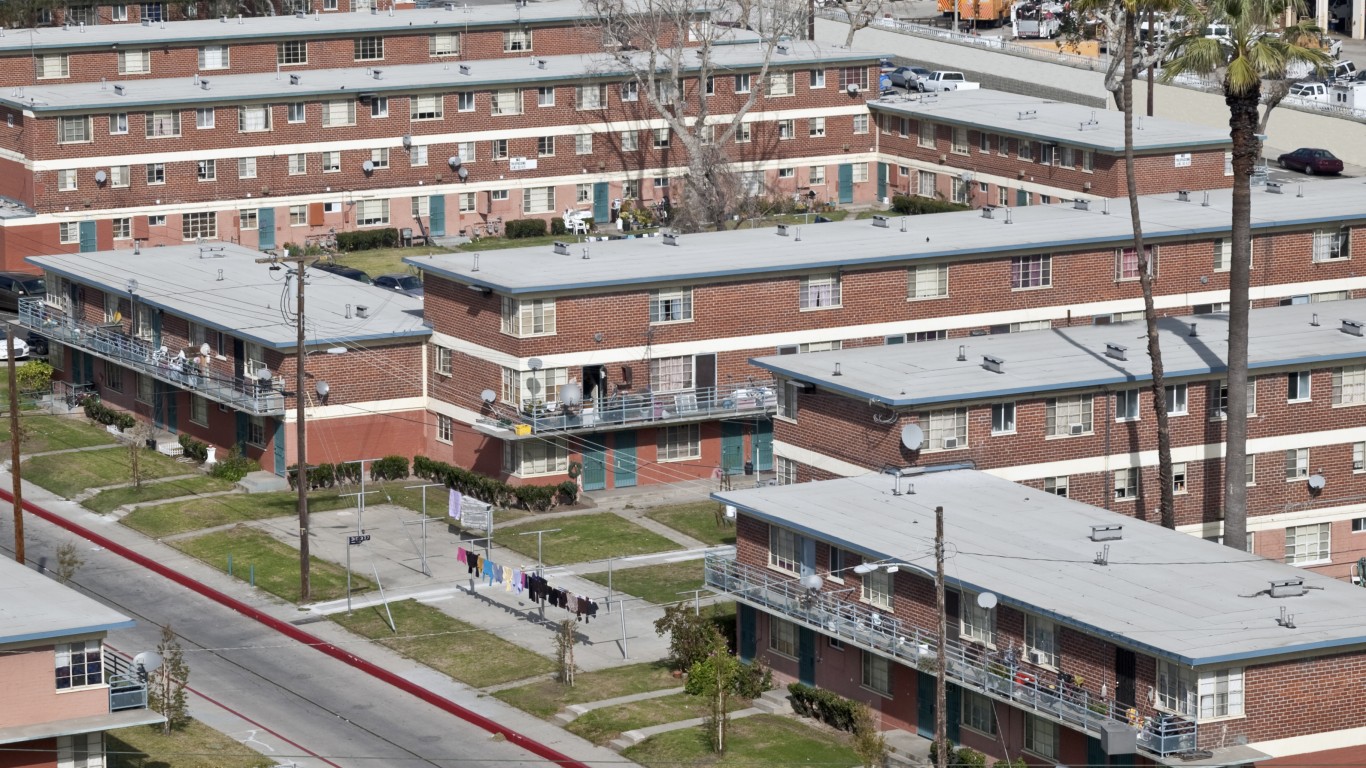
22. Housing subsidies
Millions of low-income Americans every year receive assistance paying for their housing, including over 10 million who benefit from federal rental assistance. Housing subsidies are not included in the official poverty measure.

23. Childcare expenses
For working parents, paying for child daycare can be a significant expense, particularly for low-income single parents who must work multiple jobs to make ends meet. Childcare costs are measured as part of the supplemental poverty rate but are not measured in the official federal poverty rate.

24. National school lunch program
Close to 22 million low-income children benefit from the national school lunch program, which is not factored into the official poverty rate calculation.
[in-text-ad-2]

25. Personal happiness
Whether leisure time goods and services — gyms, museums, movies, vacations — should be included in the official poverty rate is up for debate, but would life be worth living without these expenses?
Credit card companies are at war, handing out free rewards and benefits to win the best customers. A good cash back card can be worth thousands of dollars a year in free money, not to mention other perks like travel, insurance, and access to fancy lounges. See our top picks for the best credit cards today. You won’t want to miss some of these offers.
Flywheel Publishing has partnered with CardRatings for our coverage of credit card products. Flywheel Publishing and CardRatings may receive a commission from card issuers.
Thank you for reading! Have some feedback for us?
Contact the 24/7 Wall St. editorial team.